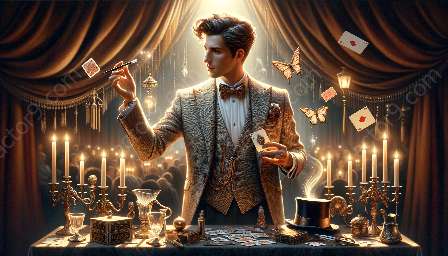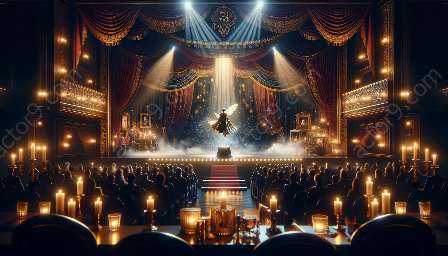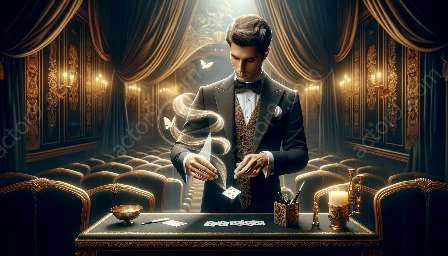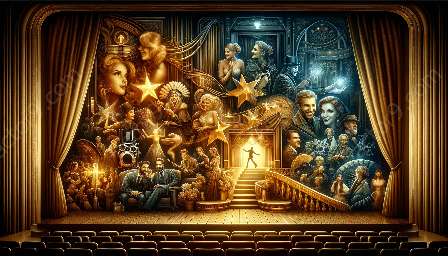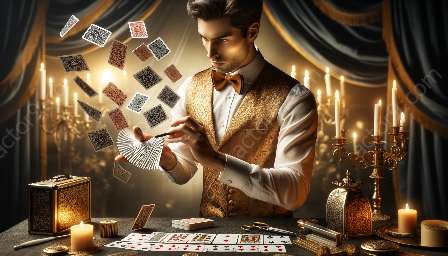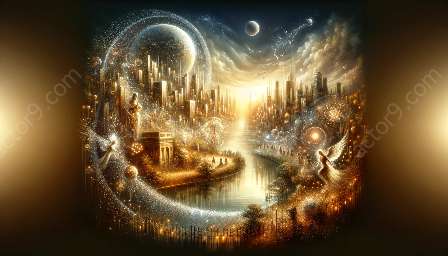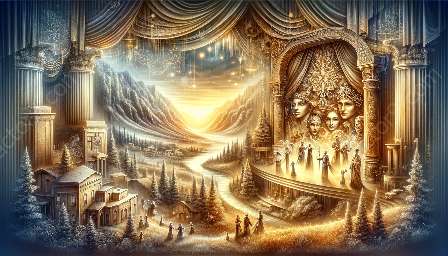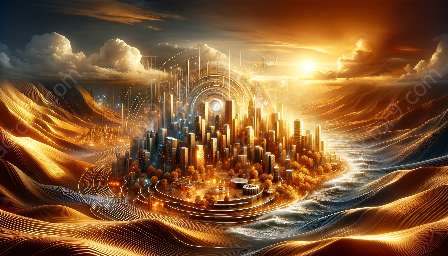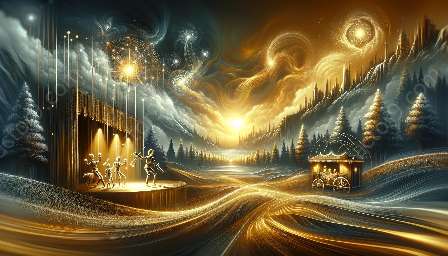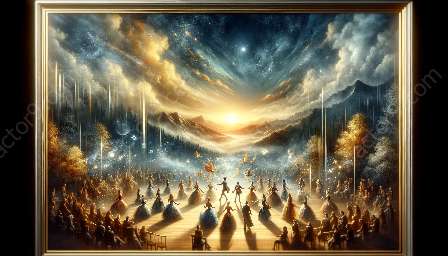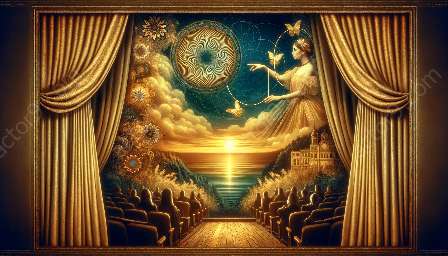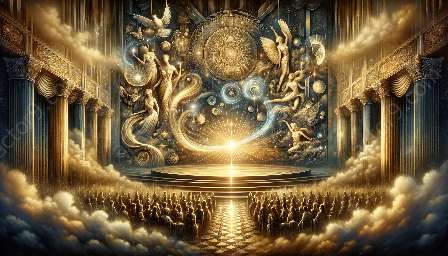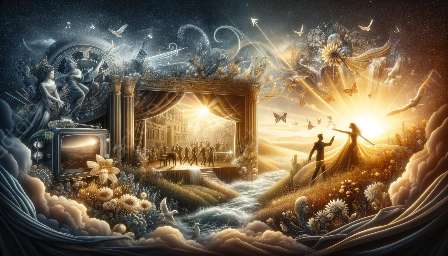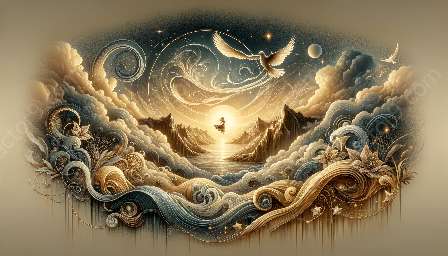Magic and illusion have long been central themes in classic cinema, captivating audiences and drawing them into fantastical worlds of intrigue and wonder. From pioneering silent films to modern blockbusters, the use of magic and illusion in film has evolved over the years, leaving a lasting impact on audiences and the history of cinema itself.
1. Georges Méliès' 'A Trip to the Moon' (1902)
One of the earliest and most iconic examples of magic and illusion in classic cinema is Georges Méliès' groundbreaking film, 'A Trip to the Moon.' This silent film, released in 1902, features enchanting special effects and imaginative storytelling that transport viewers to a world of fantasy and adventure. Méliès, a pioneer in the use of special effects, utilized innovative techniques such as multiple exposures and hand-painted frames to create mesmerizing scenes that boggled the minds of audiences at the time.
2. 'The Wizard of Oz' (1939)
'The Wizard of Oz,' a timeless classic released in 1939, remains a cherished example of how magic and illusion can be used to captivate audiences of all ages. The film's vivid Technicolor visuals and iconic scenes, such as the transformation from black-and-white to color as Dorothy lands in the Land of Oz, continue to mesmerize viewers decades after its initial release. The fantastical world of Oz, filled with witches, talking animals, and enchanting landscapes, showcases the enduring power of immersive storytelling and the allure of magical realms.
3. Walt Disney's 'Fantasia' (1940)
Walt Disney's 'Fantasia,' released in 1940, redefined the possibilities of magic and illusion in animated cinema. Through a masterful fusion of classical music and mesmerizing animation, 'Fantasia' takes audiences on a spellbinding journey through a series of vignettes, each accompanied by a unique musical score. The film's innovative use of animation to create surreal, dreamlike visuals and abstract storytelling underscores the incredible impact of magic and artistry in the realm of animated cinema.
4. 'Mary Poppins' (1964)
'Mary Poppins,' a beloved musical released in 1964, introduces a charming blend of live-action and animation to bring its memorable characters and magical adventures to life. The seamless integration of animated sequences with live actors, coupled with memorable musical numbers, exemplifies the enchanting fusion of reality and fantasy that has become a hallmark of classic cinema's magical storytelling.
5. 'The Illusionist' (2006)
An example of a more contemporary film that showcases the enduring allure of magic and illusion in cinema is 'The Illusionist,' released in 2006. Set in early 20th-century Vienna, the film follows the journey of a mysterious illusionist who captivates audiences with his enigmatic performances. Through its evocative storytelling and captivating visuals, 'The Illusionist' weaves a mesmerizing tale of intrigue and mystique, highlighting the timeless appeal of magic as a storytelling device.
These iconic examples of magic and illusion in classic cinema demonstrate the enduring power of these storytelling elements to enrapture audiences and transport them to worlds filled with wonder and enchantment. From pioneering silent films to modern masterpieces, the use of magic and illusion in film continues to captivate and inspire, leaving an indelible mark on the history of cinema and the hearts of audiences around the world.


